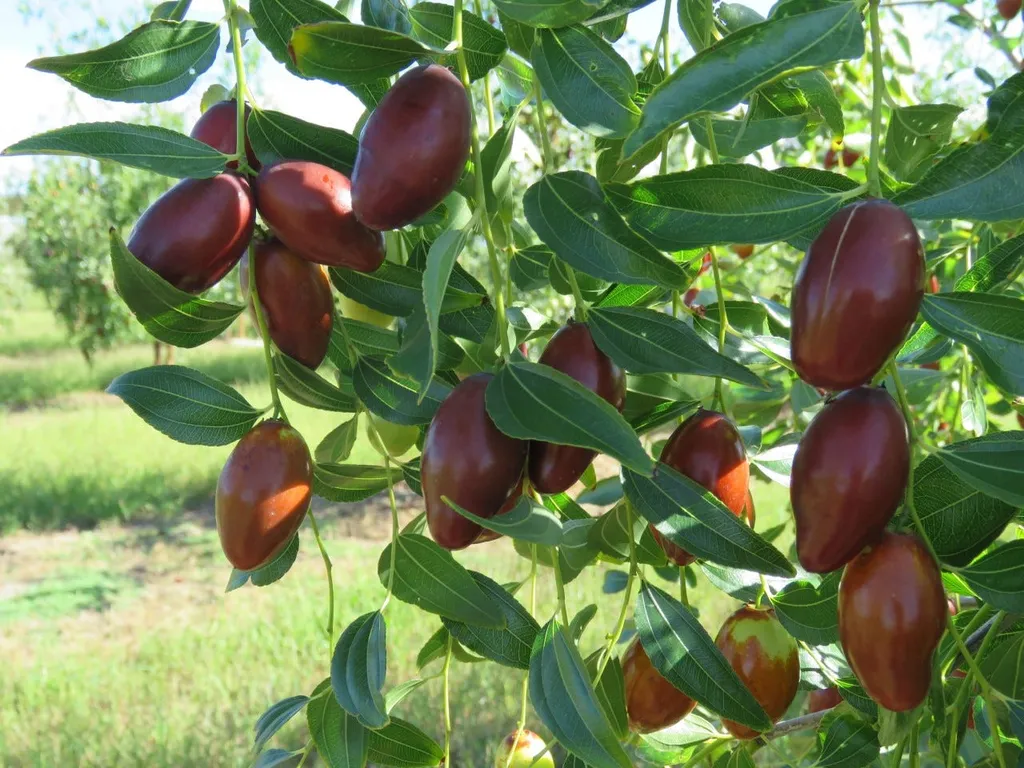In the heart of China, a team of researchers led by Meiyu Li from the Beijing Forestry University and Pingdingshan University has cracked a significant code in the quest for understanding fruit size regulation in Chinese jujube. Their work, published in the *Journal of Integrative Agriculture* (which translates to *Journal of Comprehensive Agriculture*), delves into the FW2.2-like (FWL) gene family, offering promising insights for the agricultural sector.
The FWL gene family has been a hot topic in plant biology, known for its role in organ development and fruit size regulation across various species. However, Chinese jujube, a commercially valuable fruit with a history dating back thousands of years, has remained relatively unexplored in this context. Li and her team identified twenty ZjFWL genes in Chinese jujube, meticulously analyzing their chromosomal distribution, evolutionary dynamics, and expression patterns.
Their breakthrough came when they discovered a seven-base pair deletion in the conserved domain of the ZjFWL10 gene, which correlated significantly with jujube fruit size. To validate this finding, the team conducted heterologous overexpression experiments in tomatoes, creating three overexpression lines. The results were striking: the overexpressed lines exhibited a notable reduction in fruit size and an increase in plant height compared to the wild-type.
“This gene may play a critical role in regulating nutrient partitioning in jujube, ultimately affecting fruit size,” Li explained. The implications of this research are substantial for the agricultural industry, particularly for jujube cultivation. By understanding and manipulating these genetic factors, farmers and breeders can potentially develop jujube varieties with desired fruit sizes, enhancing marketability and yield.
The study also sheds light on the broader mechanisms of fruit size regulation, offering a foundation for similar research in other fruit-bearing plants. As Li noted, “Our findings advance the understanding of fruit size regulation mechanisms and offer valuable insights for genetic improvement strategies targeting jujube fruit size.”
The commercial impacts of this research are far-reaching. In an industry where fruit size can significantly influence market value, the ability to control this trait through genetic manipulation is a game-changer. It opens doors for targeted breeding programs, reducing the time and resources required to develop new varieties.
Moreover, the insights gained from this study could extend beyond Chinese jujube, potentially benefiting other crops within the agricultural sector. As the global population grows, the demand for efficient and sustainable food production increases. Research like Li’s is pivotal in meeting these demands, ensuring food security, and driving economic growth in the agricultural industry.
In the ever-evolving landscape of agritech, this research stands as a testament to the power of genetic exploration. It underscores the importance of investing in scientific endeavors that unravel the mysteries of plant biology, ultimately shaping the future of agriculture.

